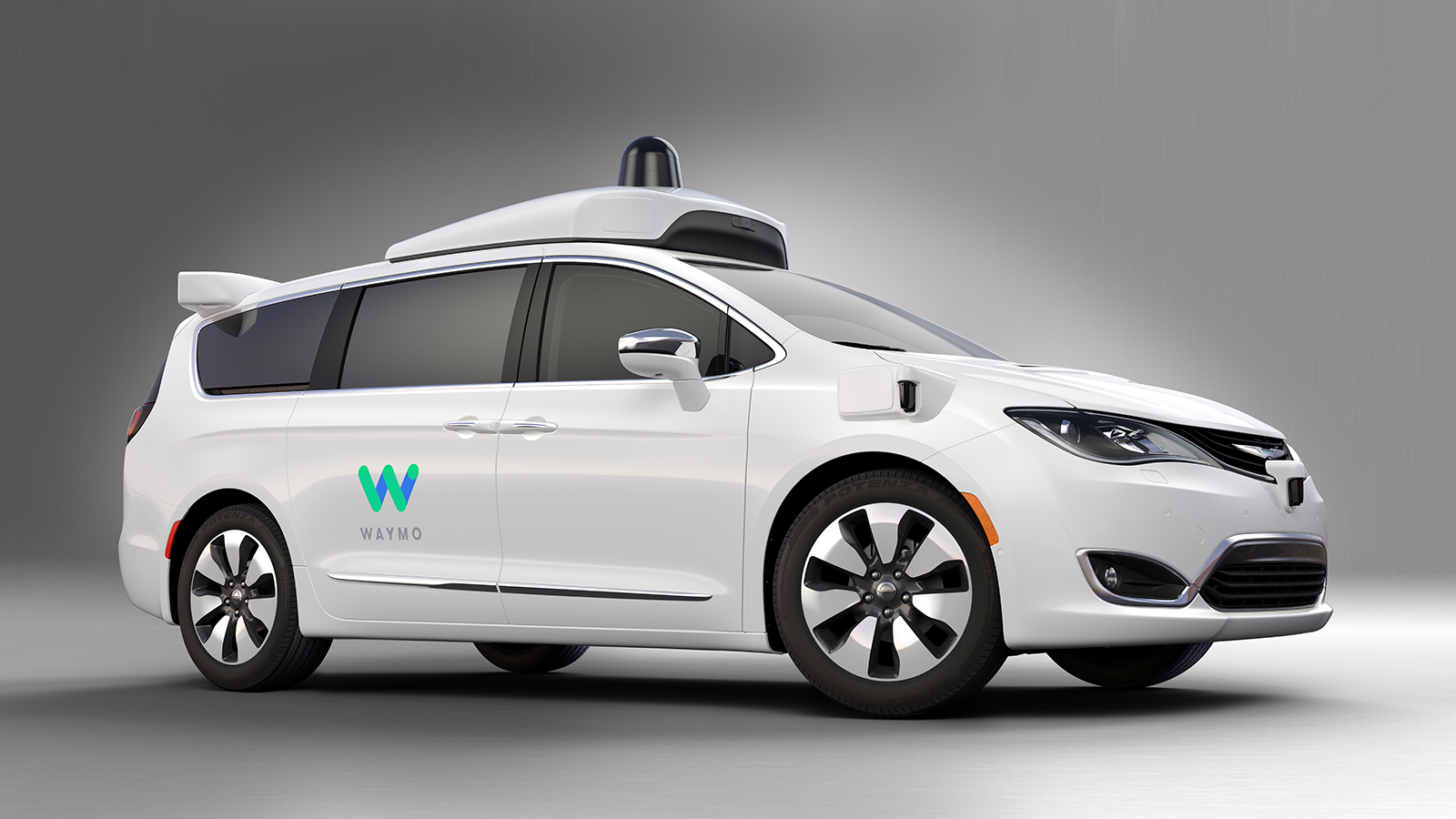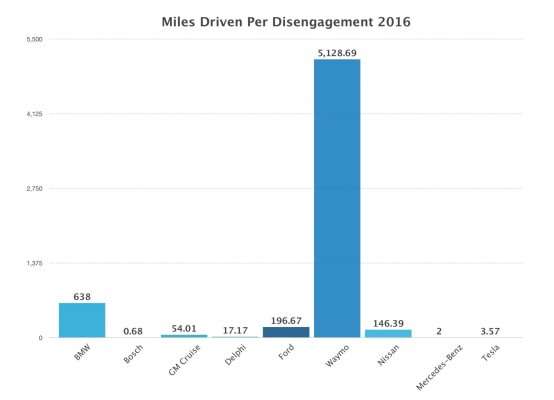Quote:
Originally Posted by ERD50
You missed my point. I'm saying that the tech should keep the driver engaged. It's certainly do-able, and far easier to do than autonomous.
I'm betting it isn't getting the press, because it isn't as 'sexy' as a self-driving car. What, you want me to pay attention!?
-ERD50
I don't know why we are not connecting on this. I'll try again:
Certainly developing an almost autonomous vehicle driving system
which calls on human assistance when it encounters a problem it cannot resolve is easier to develop. ...
I think the reason we are not connecting is obvious - you are talking about something different from what I'm talking about.
I don't think it makes sense to call on human assistance when it encounters a problem it cannot resolve. That would be too late, unless it's a scenario that
Totoro pointed out - that the system asks the human to take over way in advance of the problem, like it starts snowing/raining, and it says 'my sensors can't keep up, please take over'. But I'm thinking (and may be wrong), that most of the 'disengagements' are of a more time critical nature. Maybe we will get some info on that.
Further, over time the number of unresolvable issues will be reduced and the system can get gradually better. But taking such an approach has problems which are not technical, but are critical.
Do you really mean that? I don't agree - these problems are extremely technical!
Drivers are somewhat inattentive at the best of times. Even if a self-driving car could do it's best to keep drivers engaged, they are still likely to be no more engaged than they are now, when their attention is already required 100% on pain of death. Encouraging them the text, email, read, watch movies, and be instantly ready to take over is just a plan doomed to fail.
I disagree on a bunch of fronts here. The system like Tesla is producing does seem to encourage some drivers to allow themselves to be even more distracted - and that's the problem I'm saying should be avoided.
You said:
"Even if a self-driving car could do it's best to keep drivers engaged, they are still likely to be no more engaged than they are now, ". I say no way! A system designed to keep the driver engaged could absolutely succeed in keeping the driver more engaged than they are now. There is some work going on in that area - looking for head motions, eye movements, etc. A system could actively be looking for feedback from the driver to see that he is responding to inputs. If the system throws up a "Blind Spot" alert - did the driver turn their head/eyes to notice it? If not, maybe make it more aggressive, brighter, flash it longer, make a noise. All sorts of approaches.
Average drivers are pretty poor accident prone drivers. There is nothing a self-driving car would do to turn an average driver into your ideal model alert engaged driver.
I'm not talking 'ideal' or 'perfect'. I'm talking about getting better, faster, and cheaper (which means the system will go into more cars), and learning from it, so maybe we get to level 5 (though again, we may never need it for all conditions, but it might be nice for parking and fetching a car - some more limited use where the risks are lower, but benefits still good).
And there are all sorts of things a car could do to make driver alertness better. I gave examples, but also, it sure would not be hard to detect a significantly impaired driver, and slow the car down, turn on emergency lights, and eventually force the car to pull over. The system could detect that the driver response to inputs is slow, the car is weaving from what the system expects - which is far easier to detect a problem than to be able to take over and do the driving itself. Just like in real life - we can often detect that someone is doing something wrong, but that doesn't mean we have the capability to do it better ( a bad singer, a dropped infield fly).
The best it could hope for would be for the fully autonomous car to NOT request any human intervention at all.
OK, that's one ideal. But I want lives to be saved in the meantime. And I don't think that following an ideal is the way to do that in the shorter term.
And lastly, the promise of "self-driving" to bring mobility to infirm, elderly, blind or simply non-driving people is completely defeated if the "self-driving" car requires a driver on stand-by.
Under that definition, sure. But then again, we have to wait for that ideal situation.
In the meantime, the infirm, elderly, blind may decide to have someone drive them around. And that driver will be safer if the car has systems to help detect problems, and alert the driver, and take steps to keep the driver alert and engaged.
Furthermore, as I think I mentioned before - none of what I propose is at odds with getting to Level 5, in fact it supports it, I think in the most realistic way possible. As the systems get better and better, and take over some of the driving (but with an engaged driver, not a complacent one), the system will be gathering data. And when we get to the point that the alert and engaged driver is so rarely called on to do anything (the car reacted before the driver), then we can decide to do without the driver. Again, I think that is very far off (as even one additional death will be considered too many by some), and may not even be needed/desired by that time.
-ERD50






